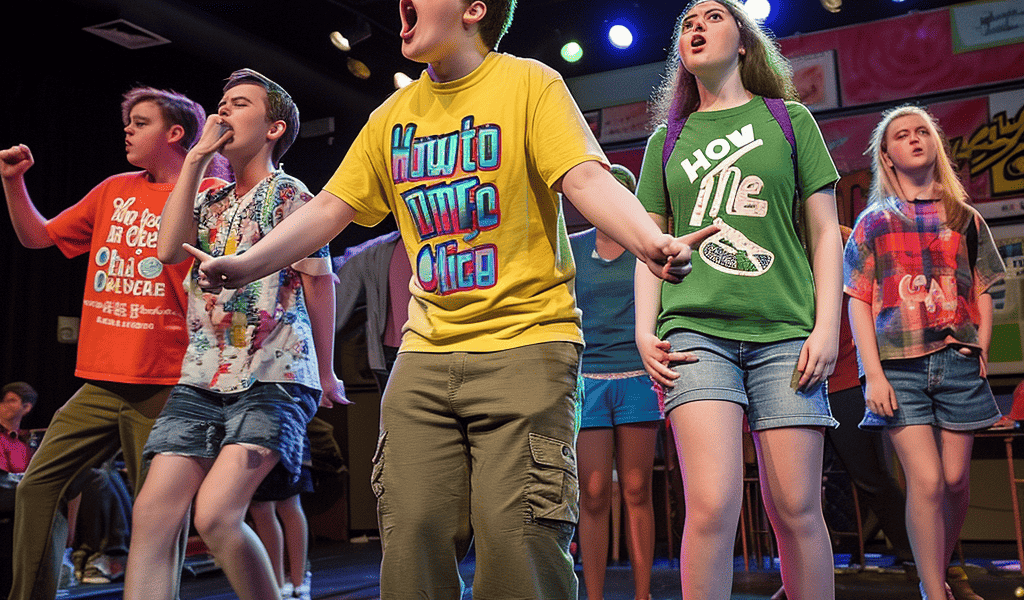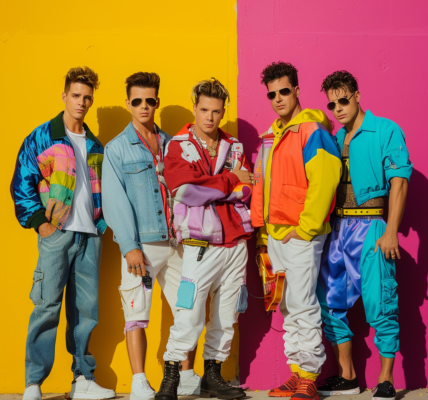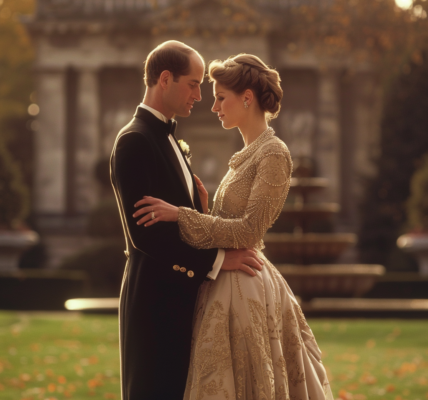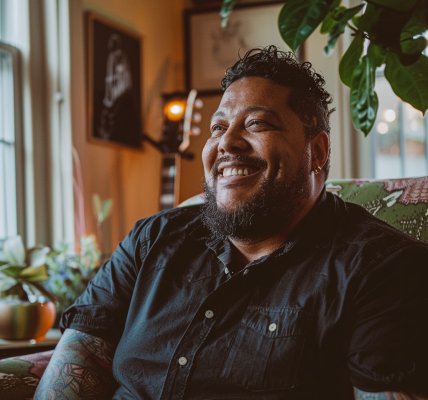‘How to Dance in Ohio’ Broadway Musical Features Autistic Actors and Empowers the Autistic Community
A new Broadway musical is making waves as it brings the real-life story of a group of autistic young people preparing for their first formal dance to the stage. ‘How to Dance in Ohio’ is breaking new ground by featuring autistic actors portraying the characters, providing representation and empowerment for the autistic community.
The inspiration for the musical came from clinical psychologist Emilio Amigo, who recognized the lack of inclusive social events for autistic individuals. His counseling center in Columbus, Ohio, worked with autistic clients to prepare them for formal events, such as proms, where they might have previously felt unwelcome.
The journey of these individuals was documented in the 2015 film ‘How to Dance in Ohio,’ which has now been adapted into a Broadway production. Sammi Cannold, the director of the show, emphasized the impact it has had on the autistic community, stating that many have expressed seeing themselves represented on stage, which is a significant achievement for the production.
One of the notable aspects of the musical is that all the autistic characters are portrayed by autistic actors. This decision not only adds authenticity to the portrayal of the characters but also challenges preconceived notions about the capabilities of individuals with autism.
Cannold addressed the misconception that there may not be enough autistic actors with the necessary talent for Broadway, asserting that the show could have been cast multiple times over. This highlights the abundance of talent within the autistic community and the potential for more inclusive casting in the performing arts.
‘How to Dance in Ohio’ is not only a personal project for the show’s director but also a platform for promoting inclusivity and representation in the entertainment industry. By showcasing the talents of autistic individuals and providing a platform for their stories, the musical is contributing to a more diverse and inclusive cultural landscape.





